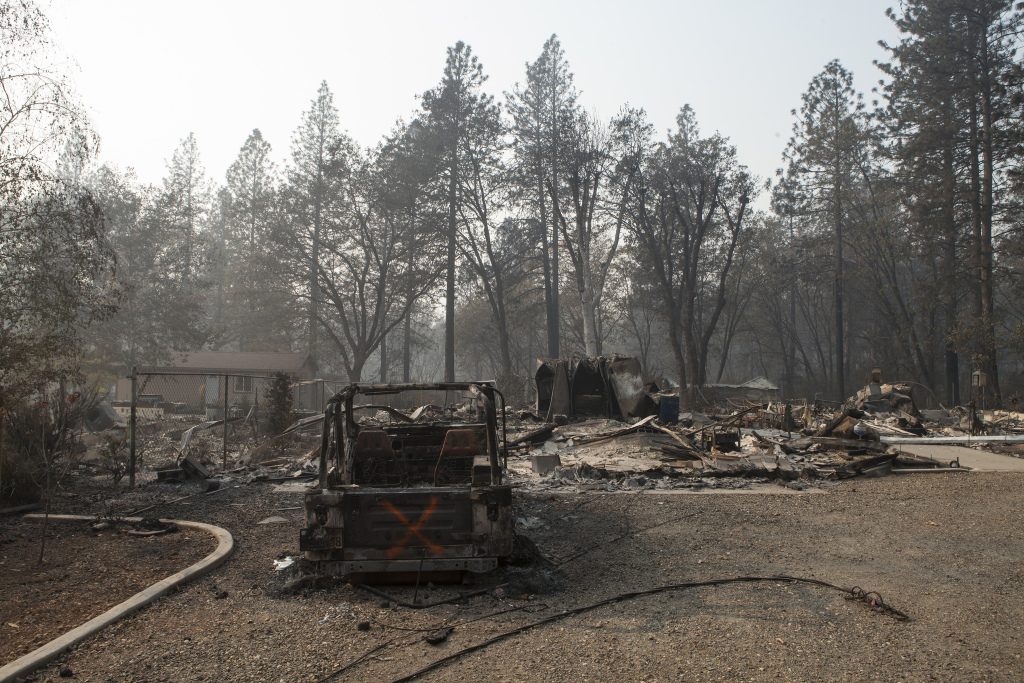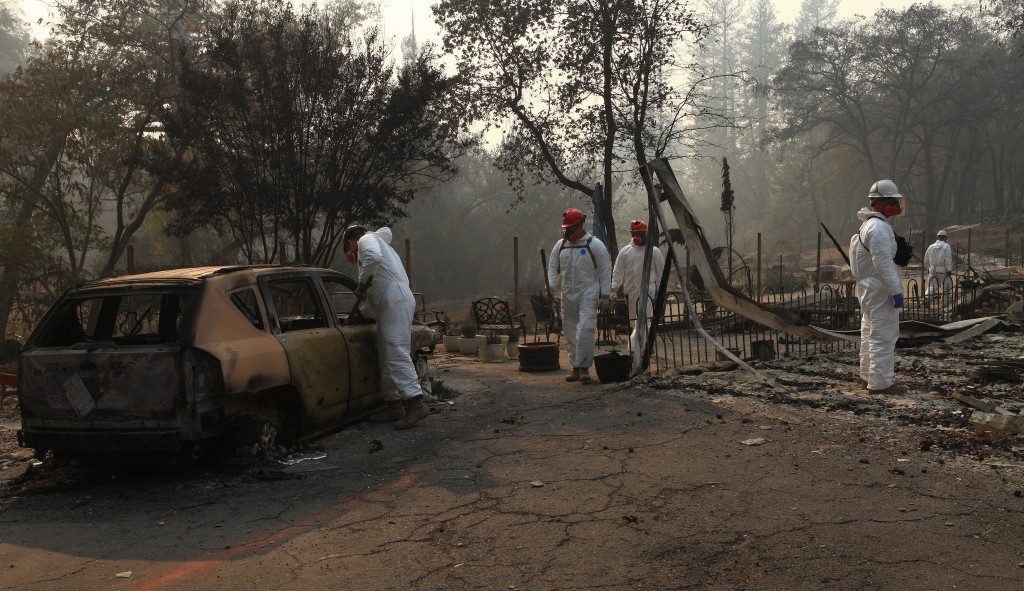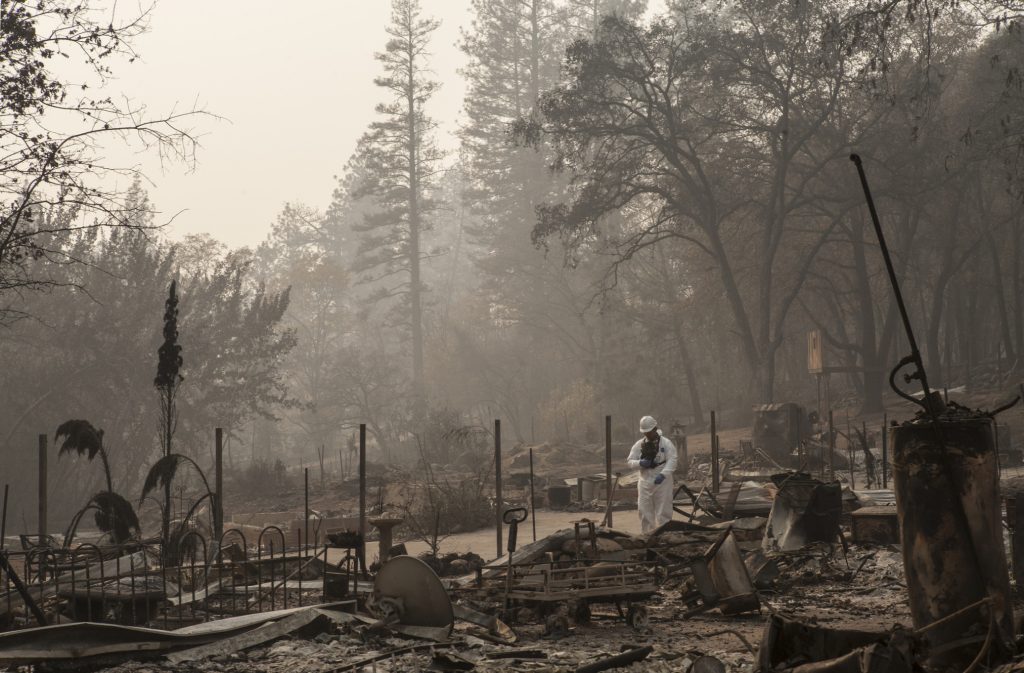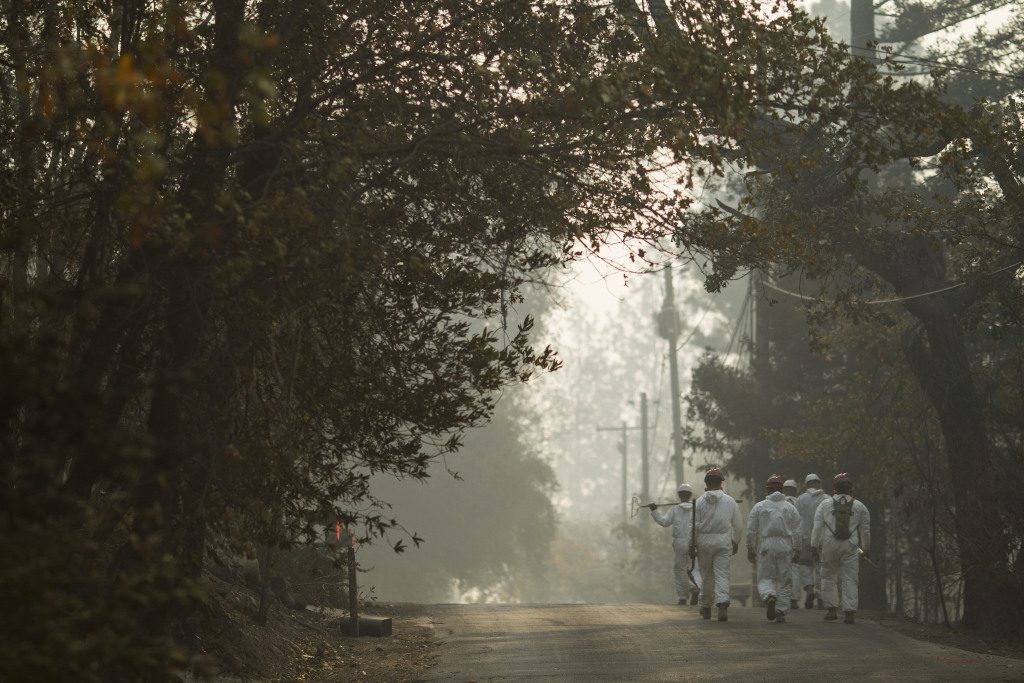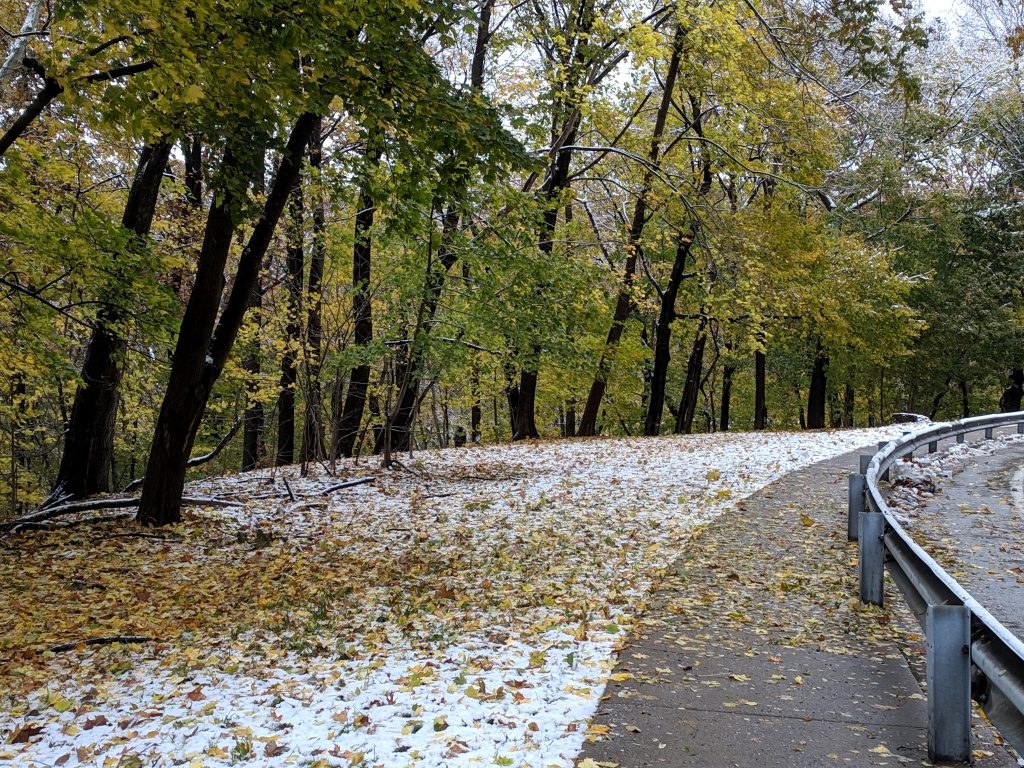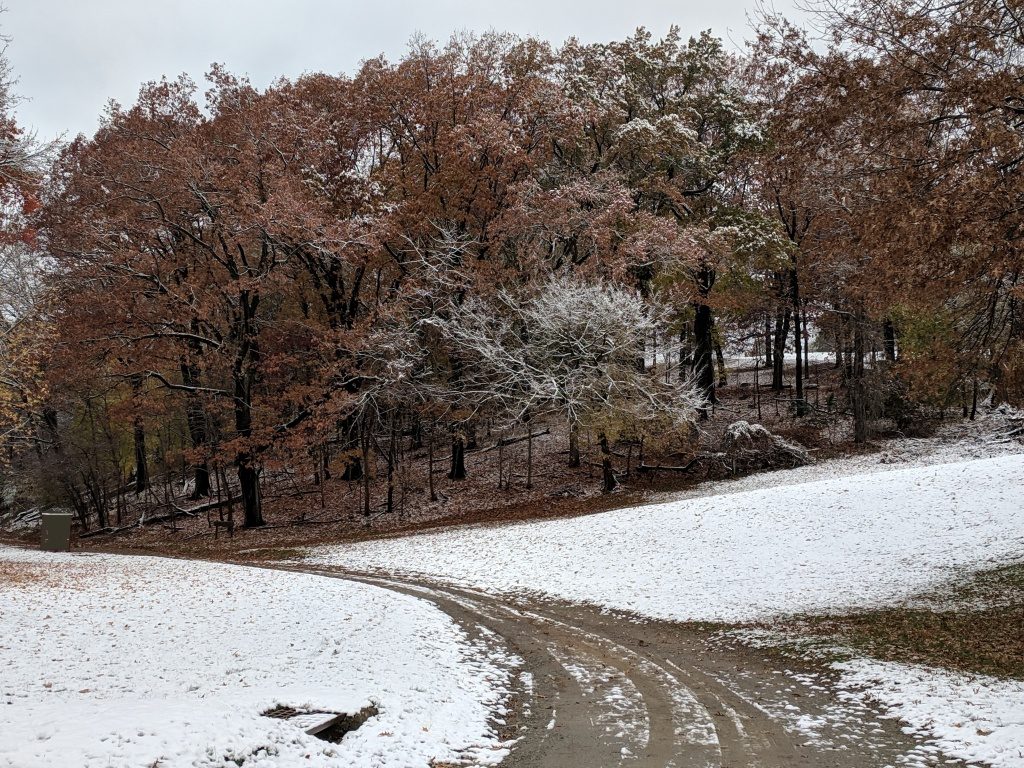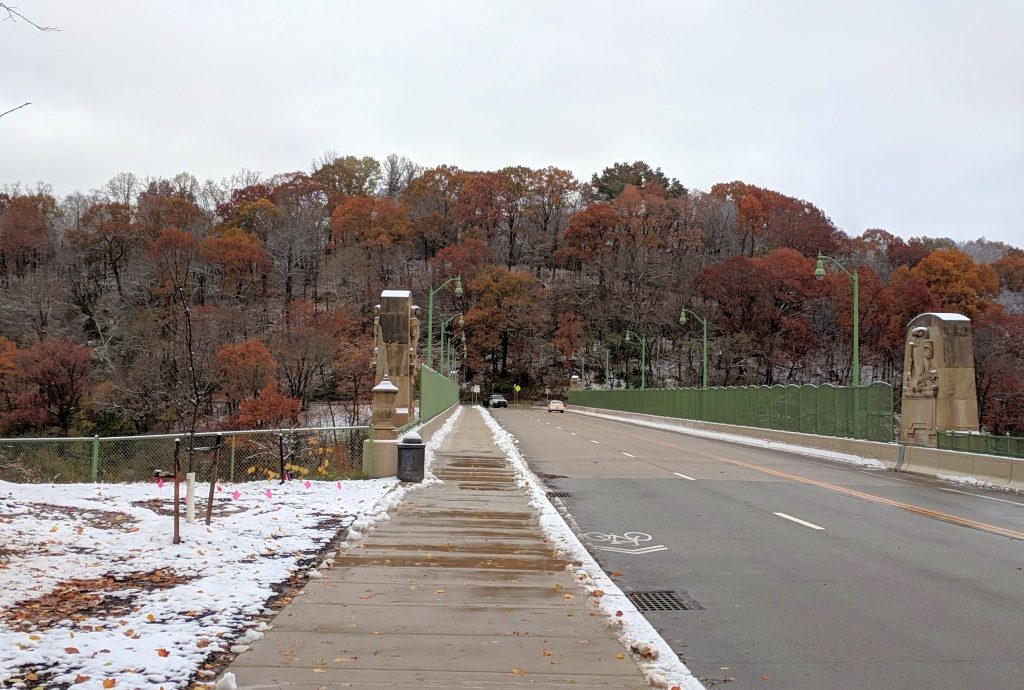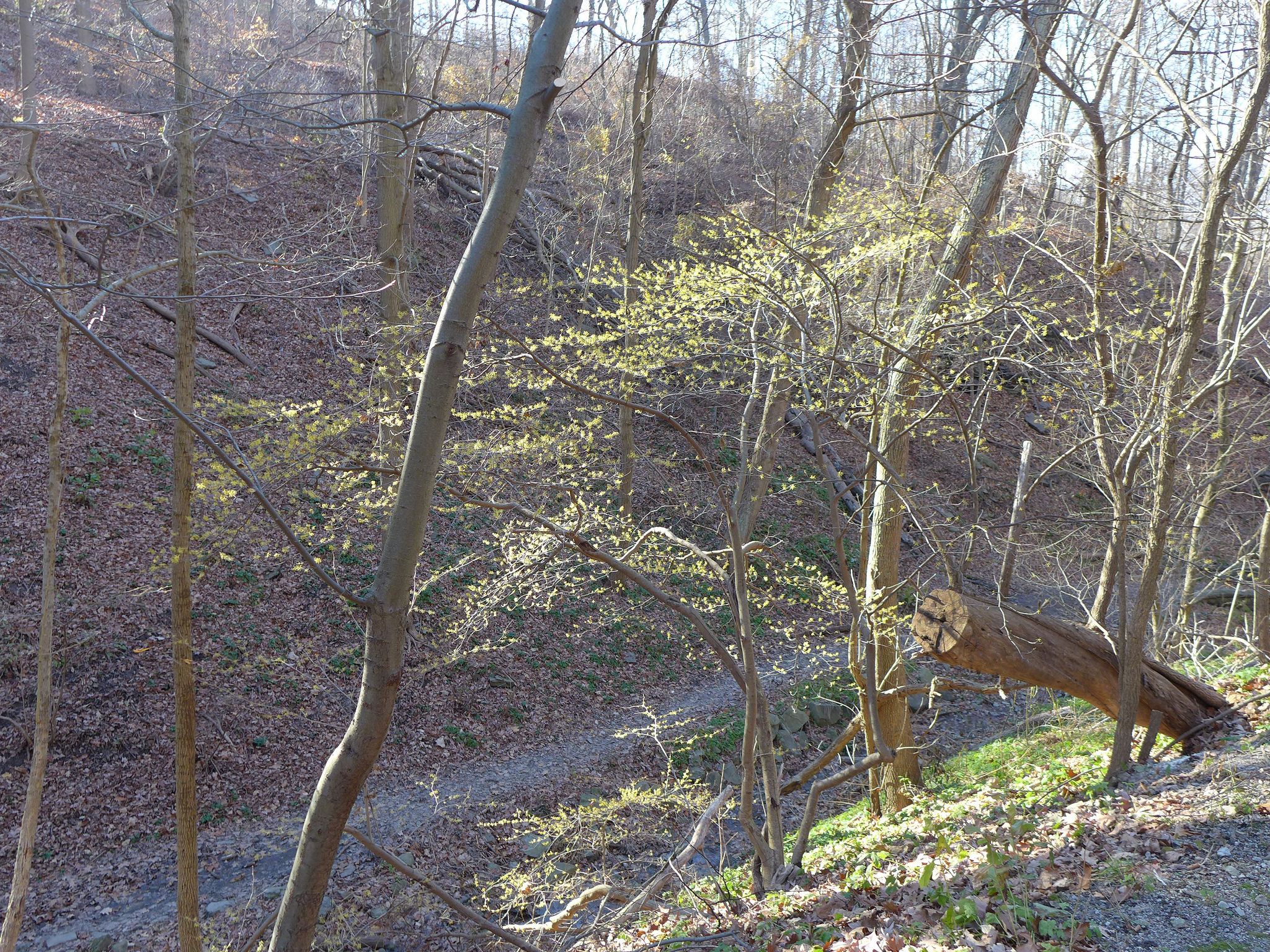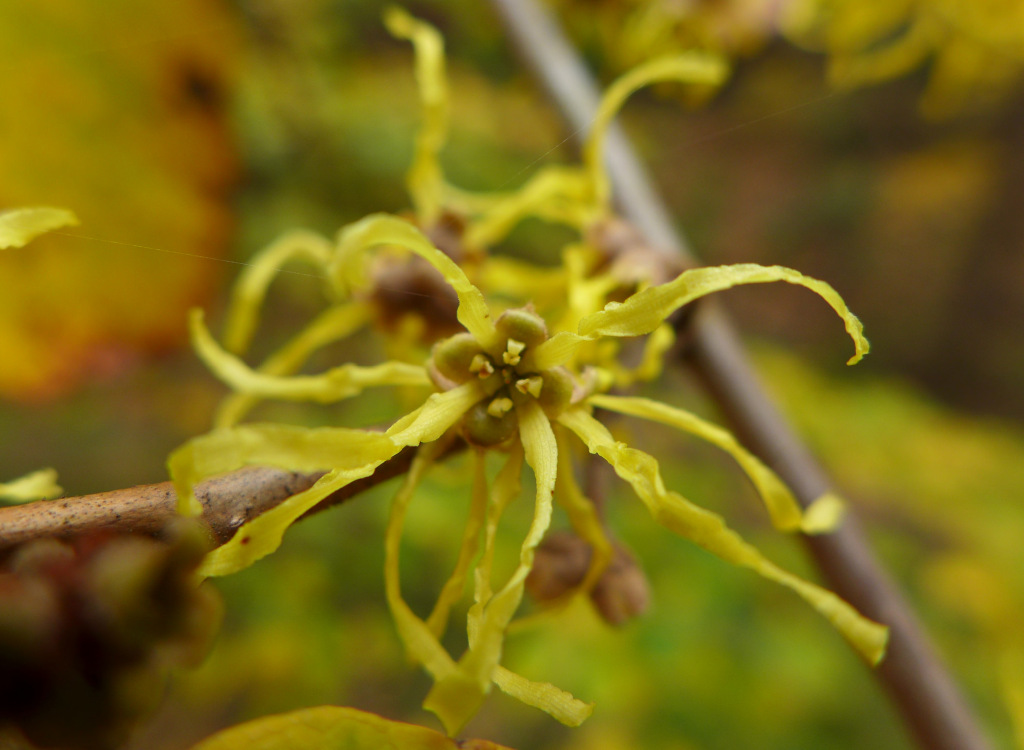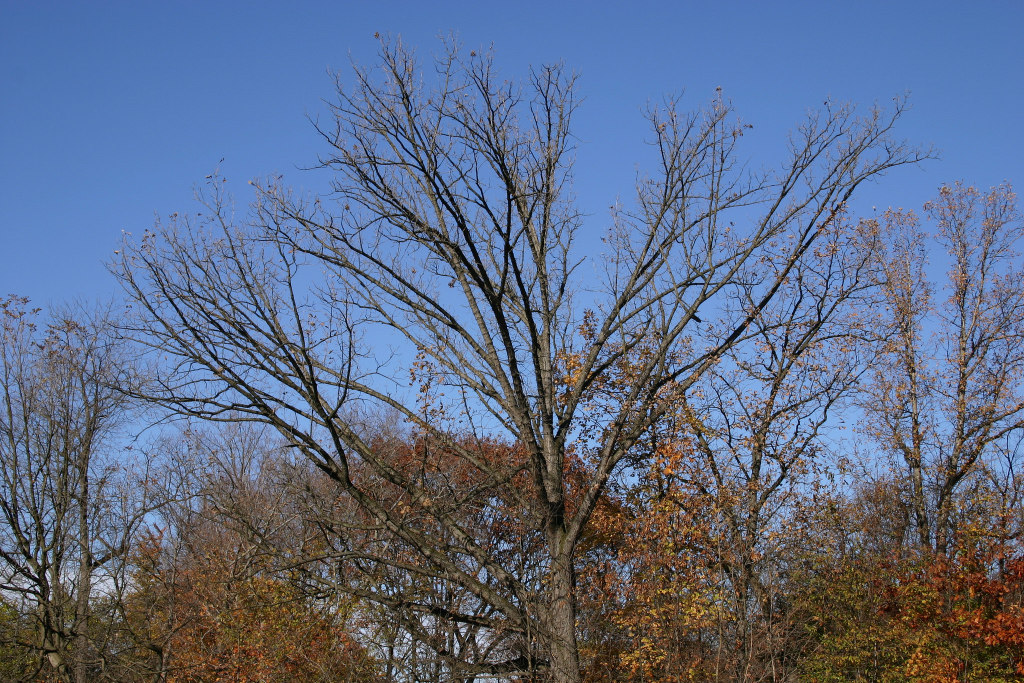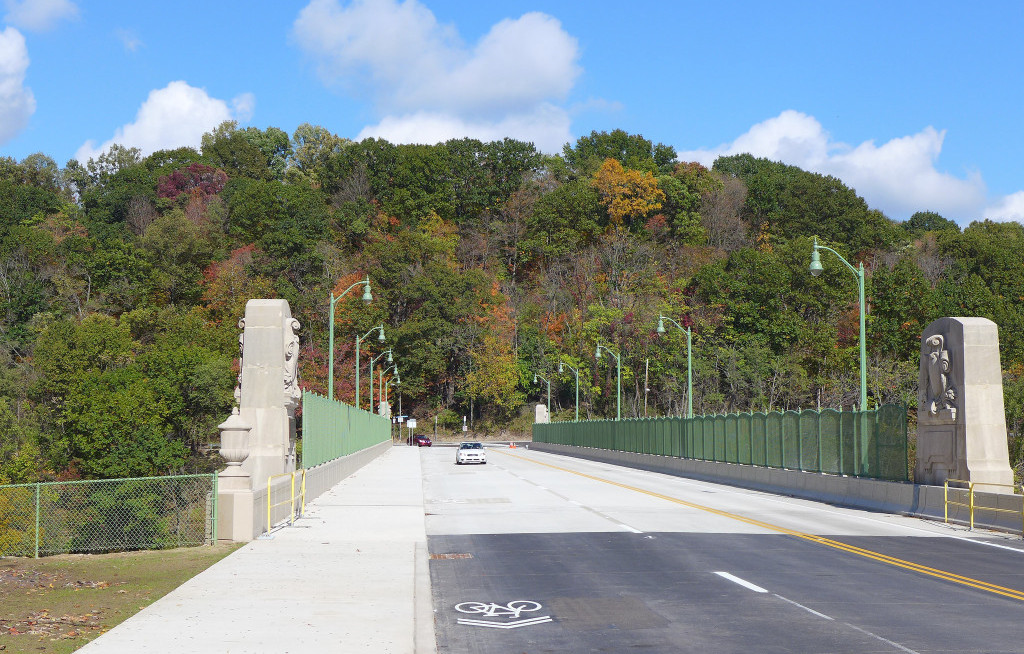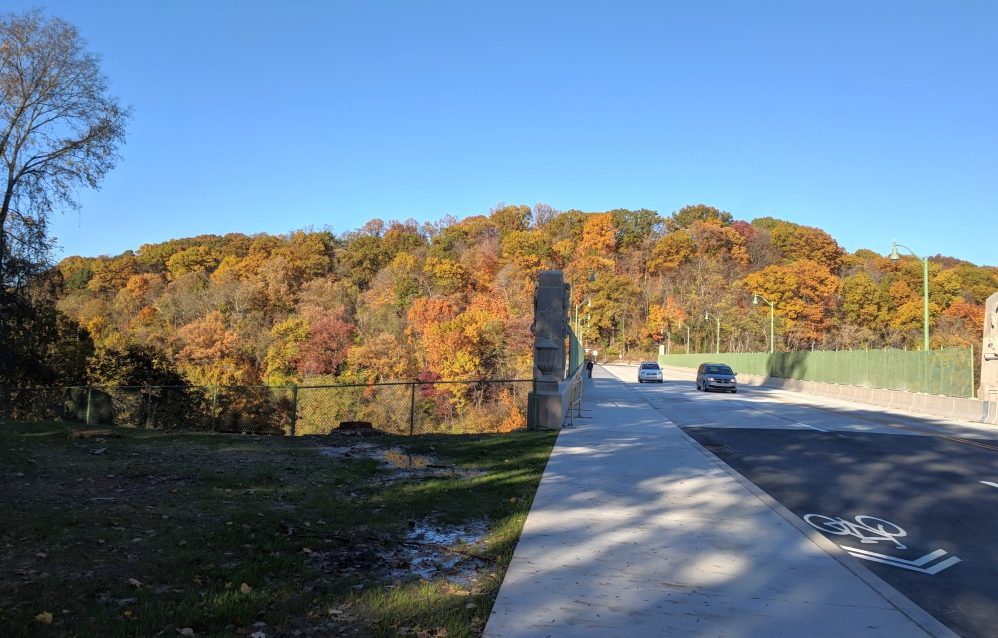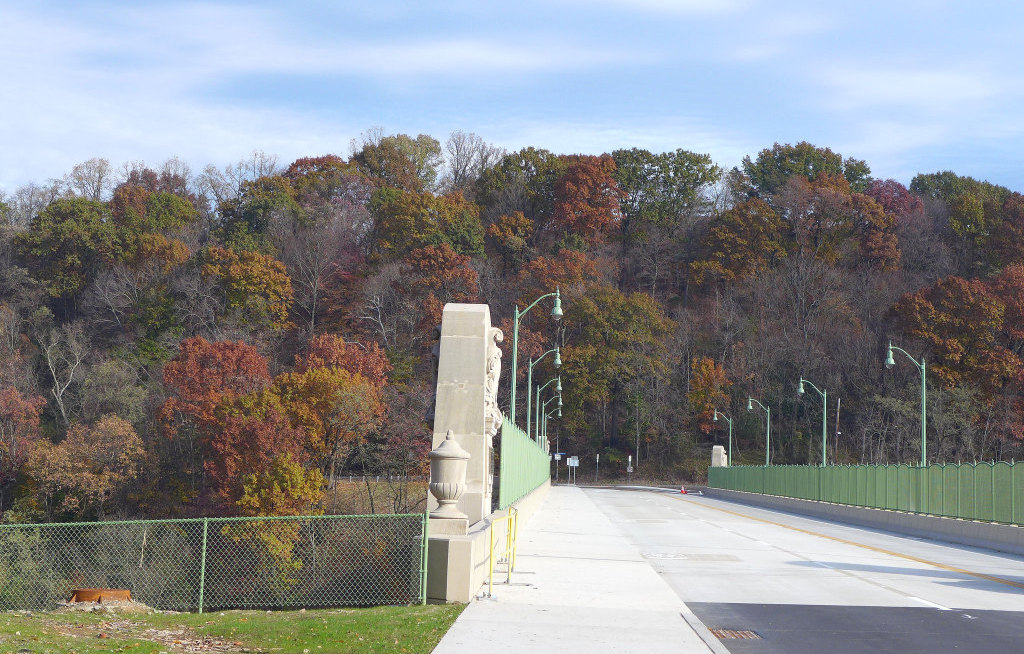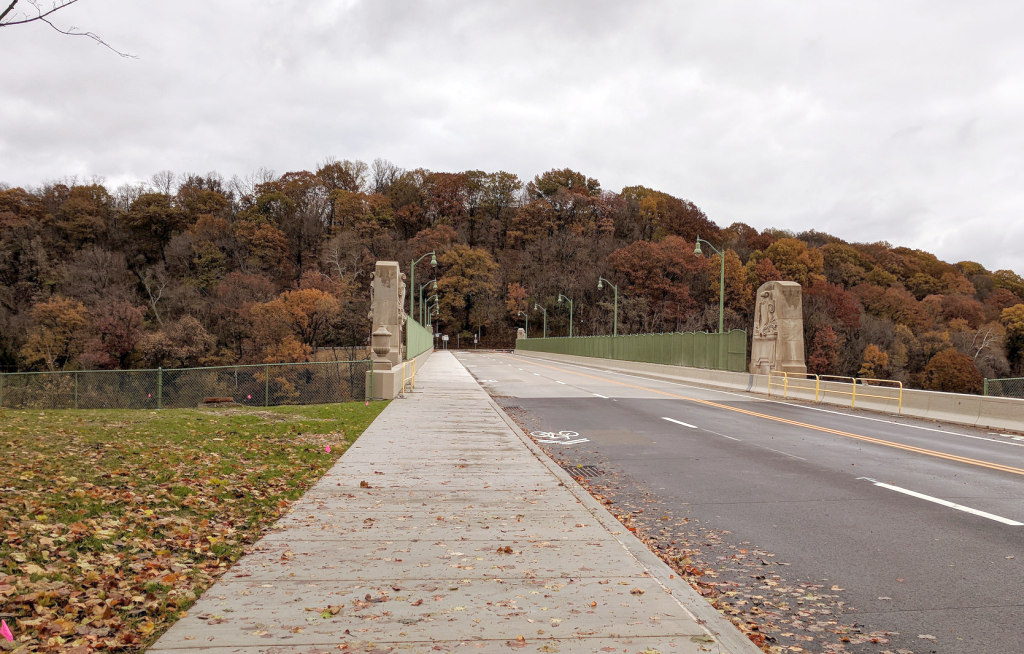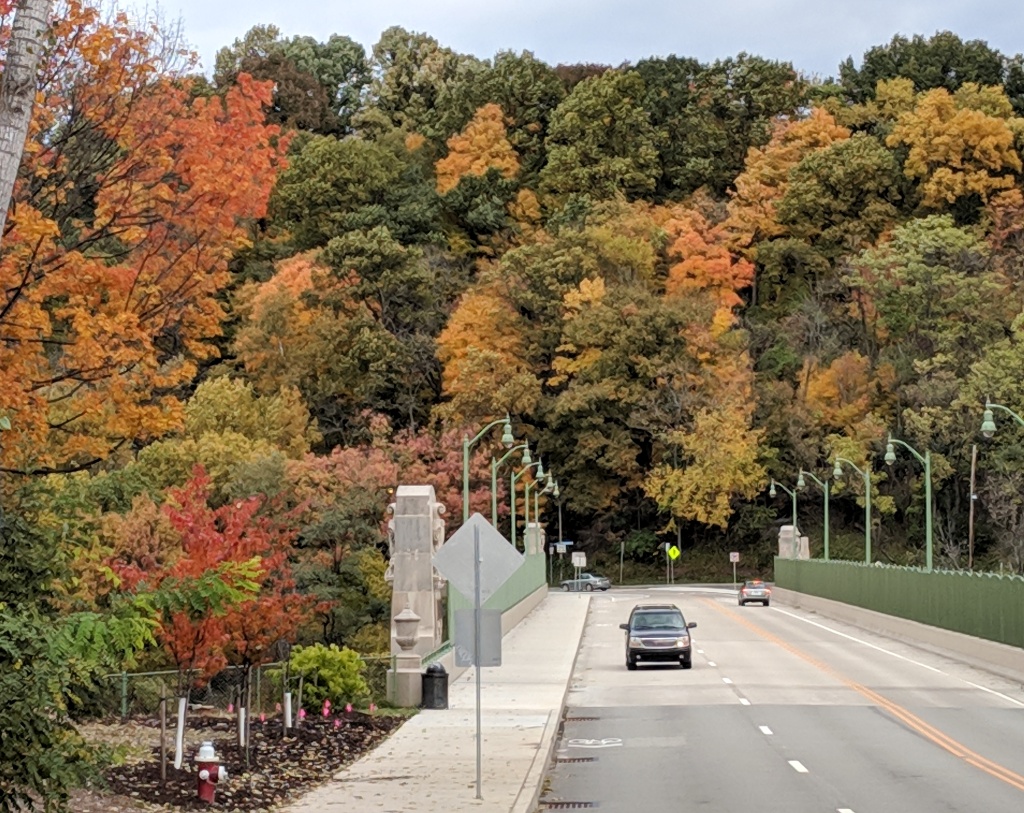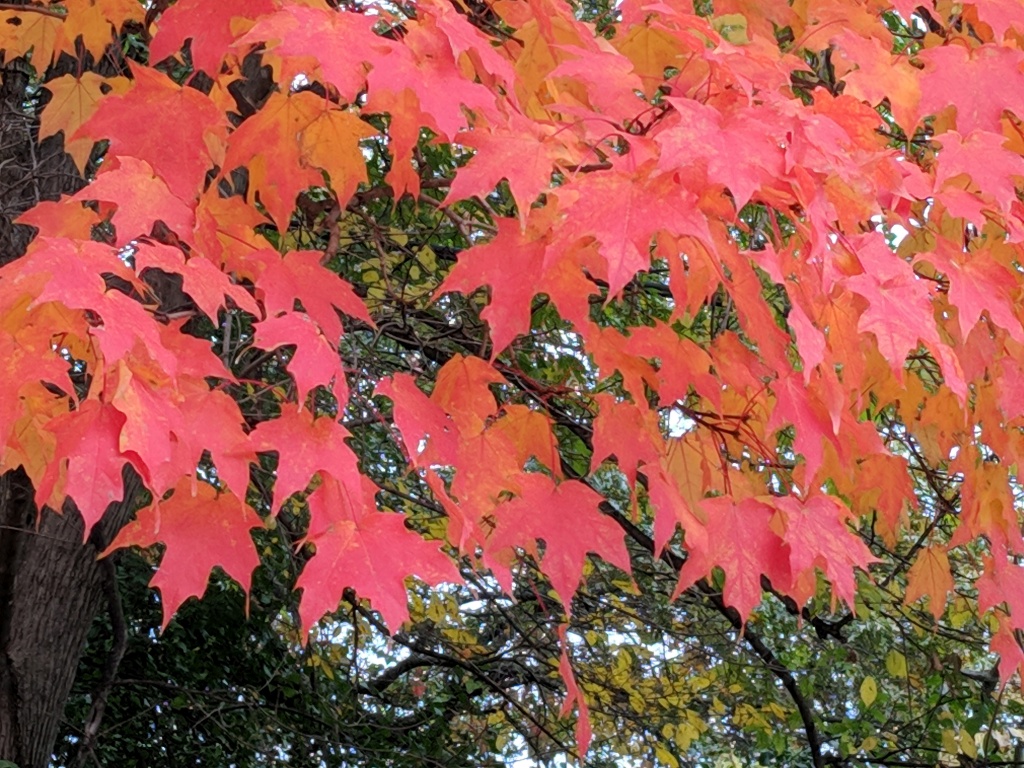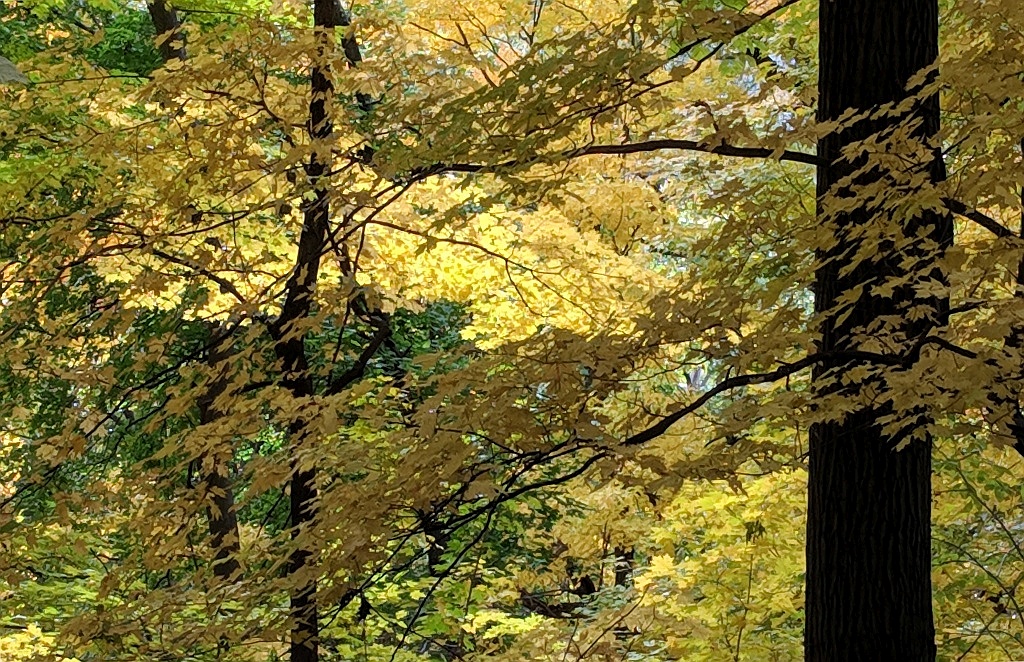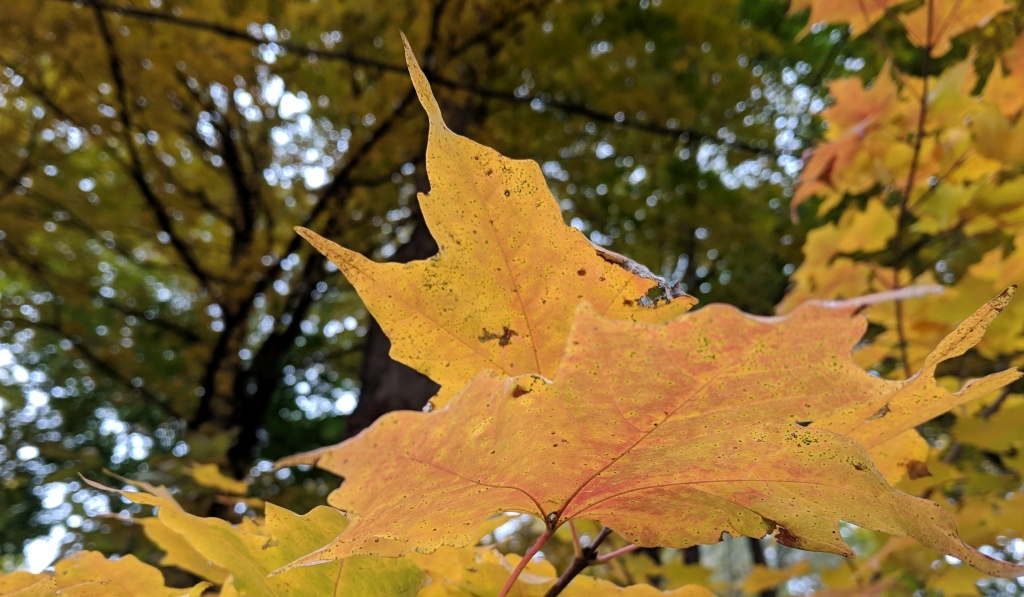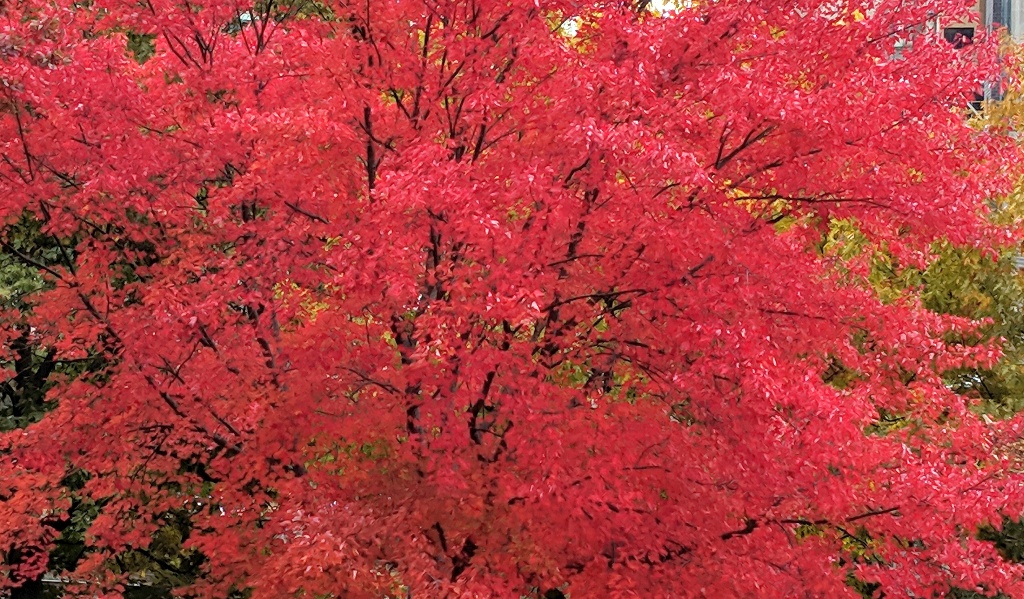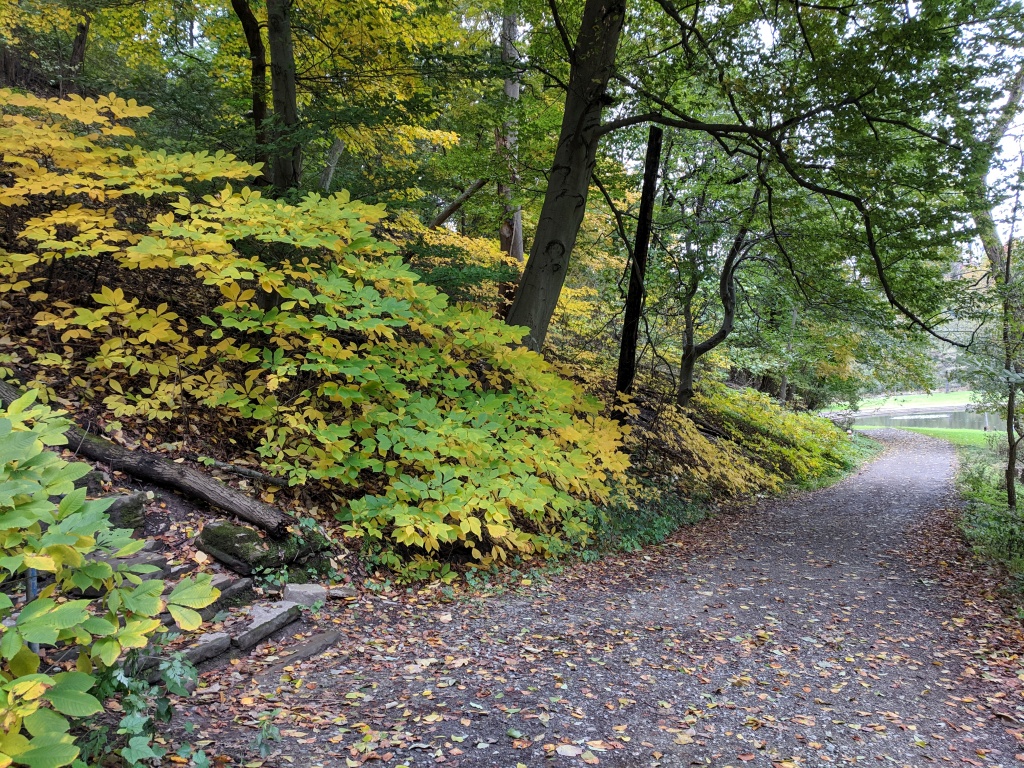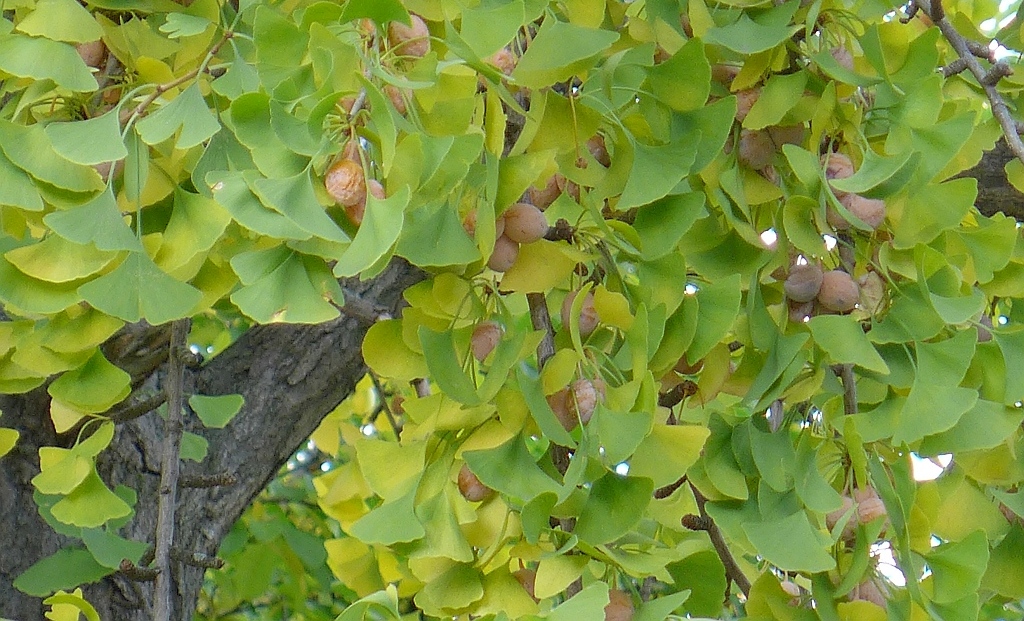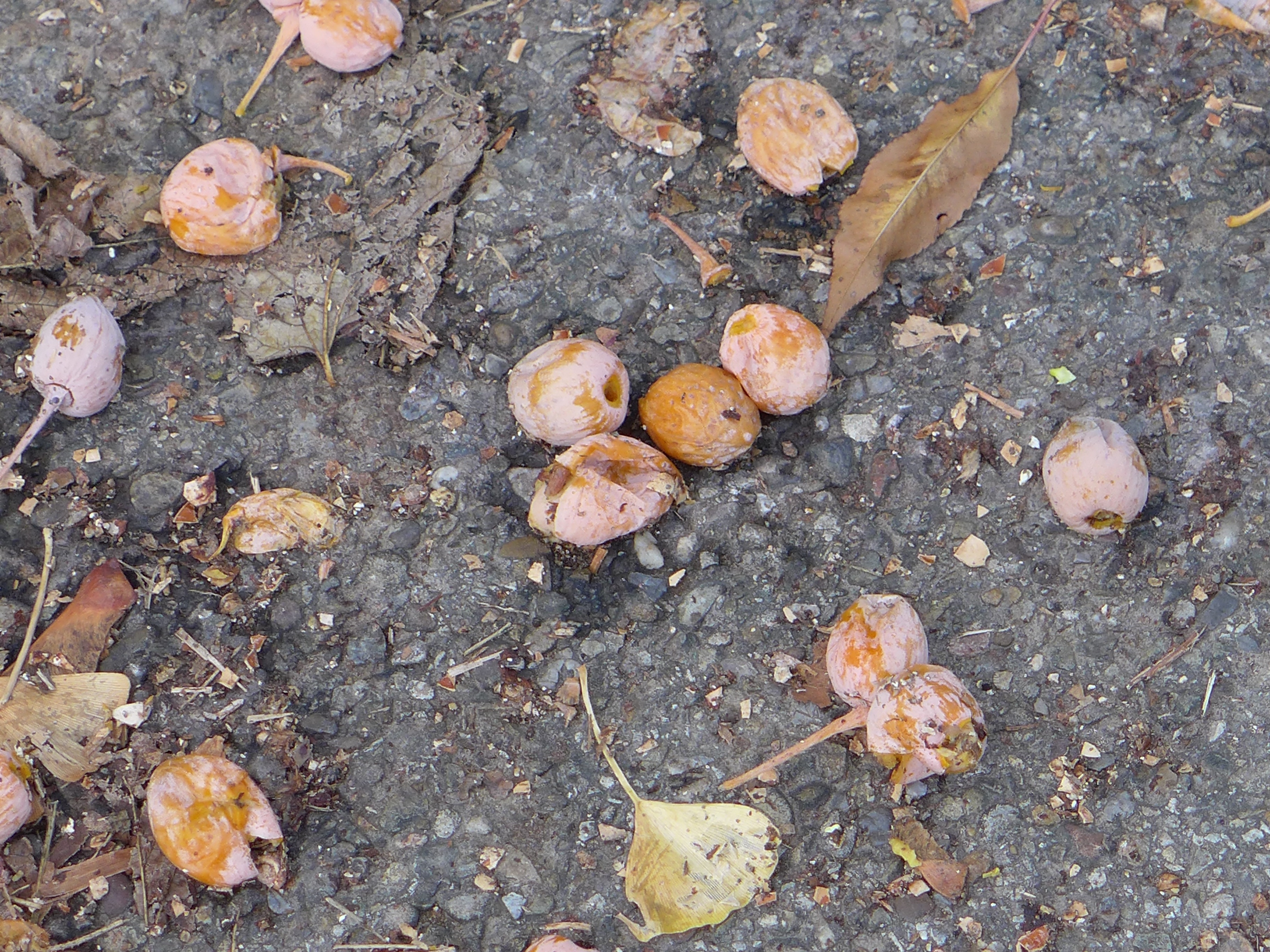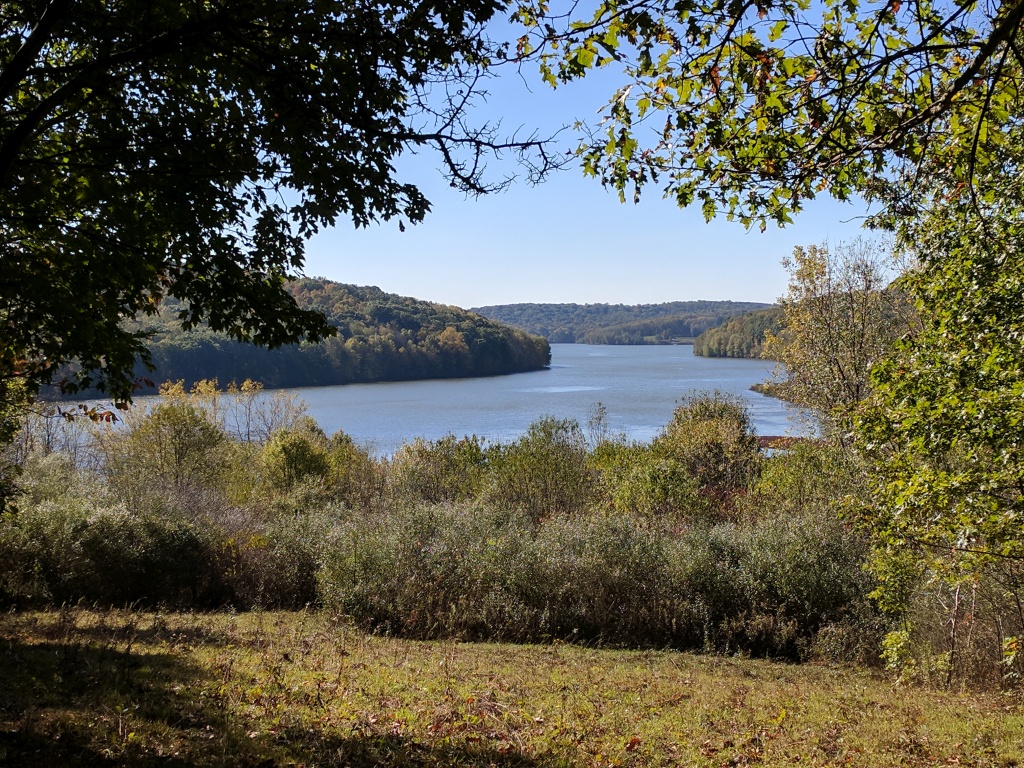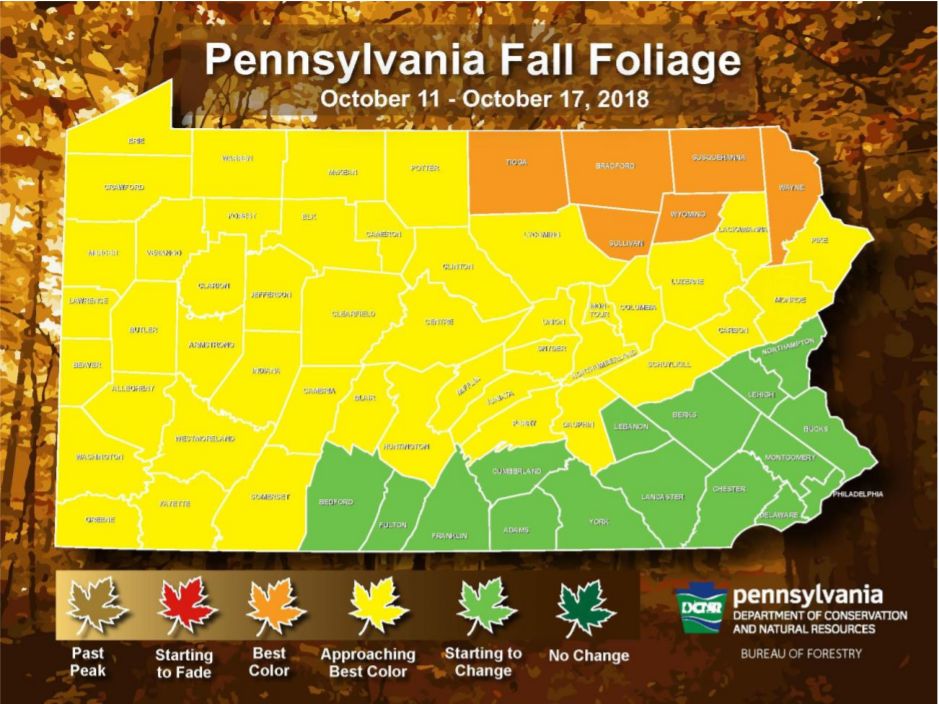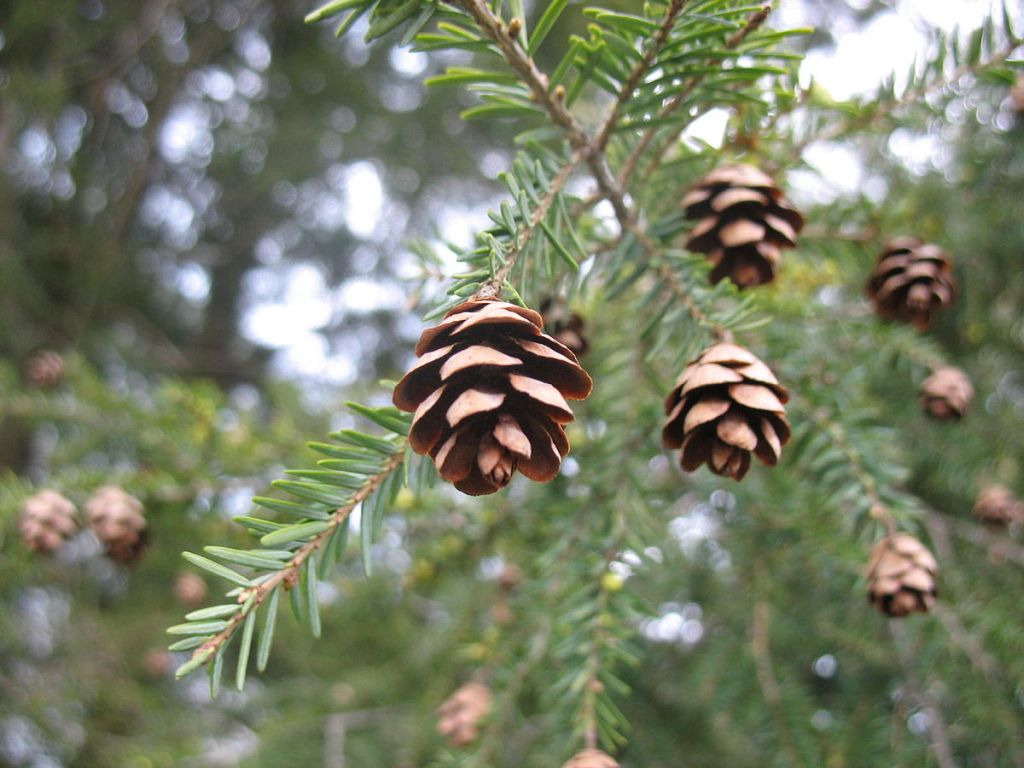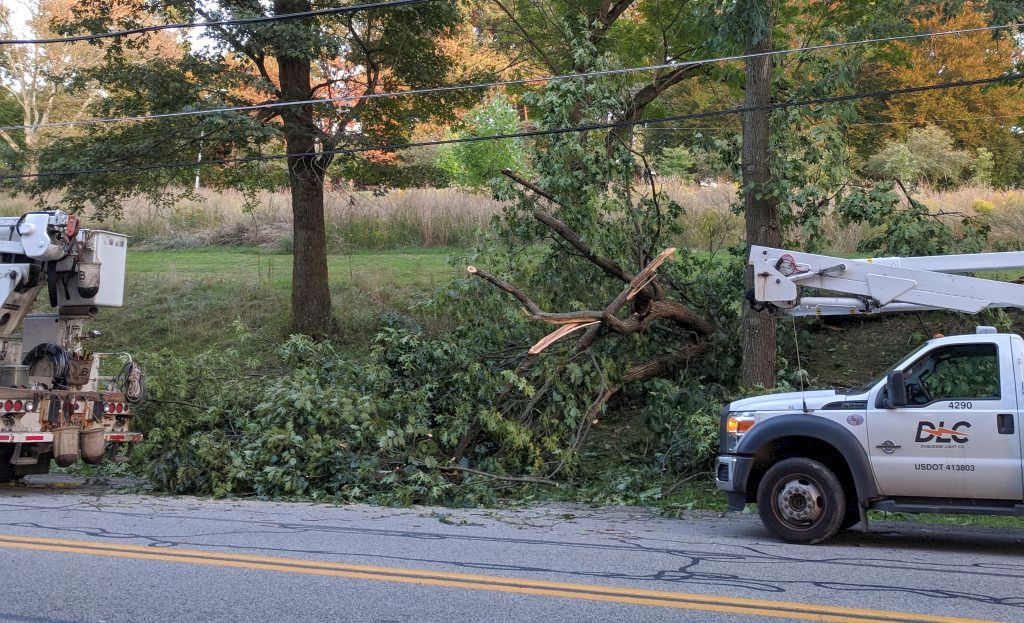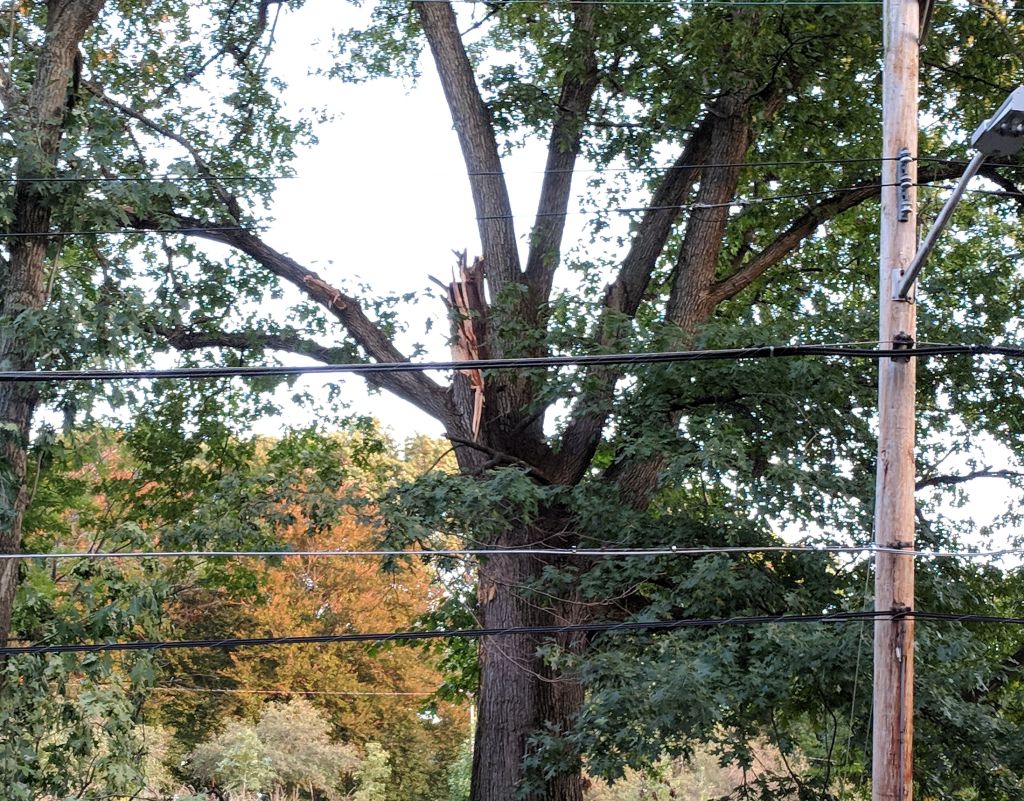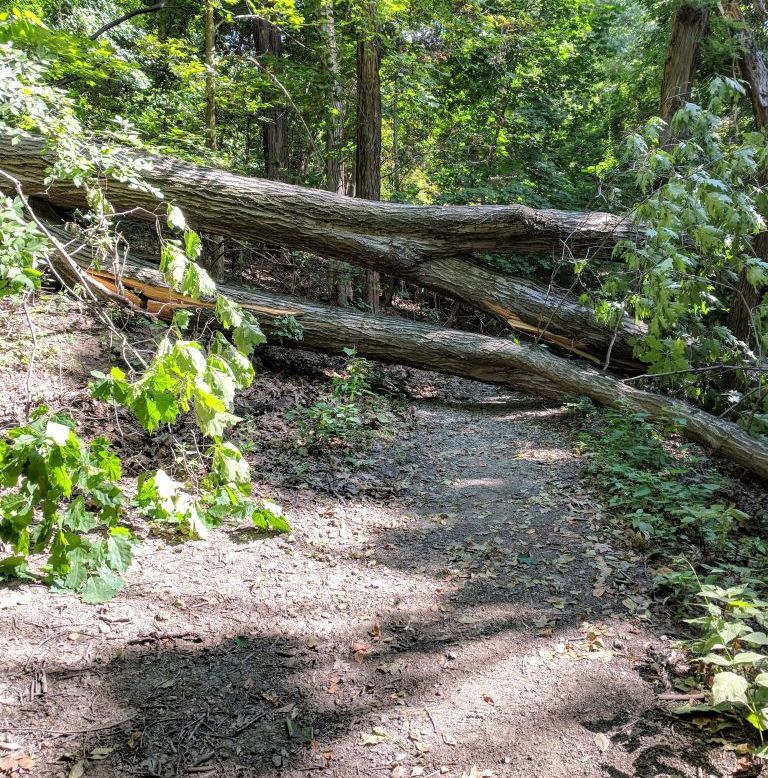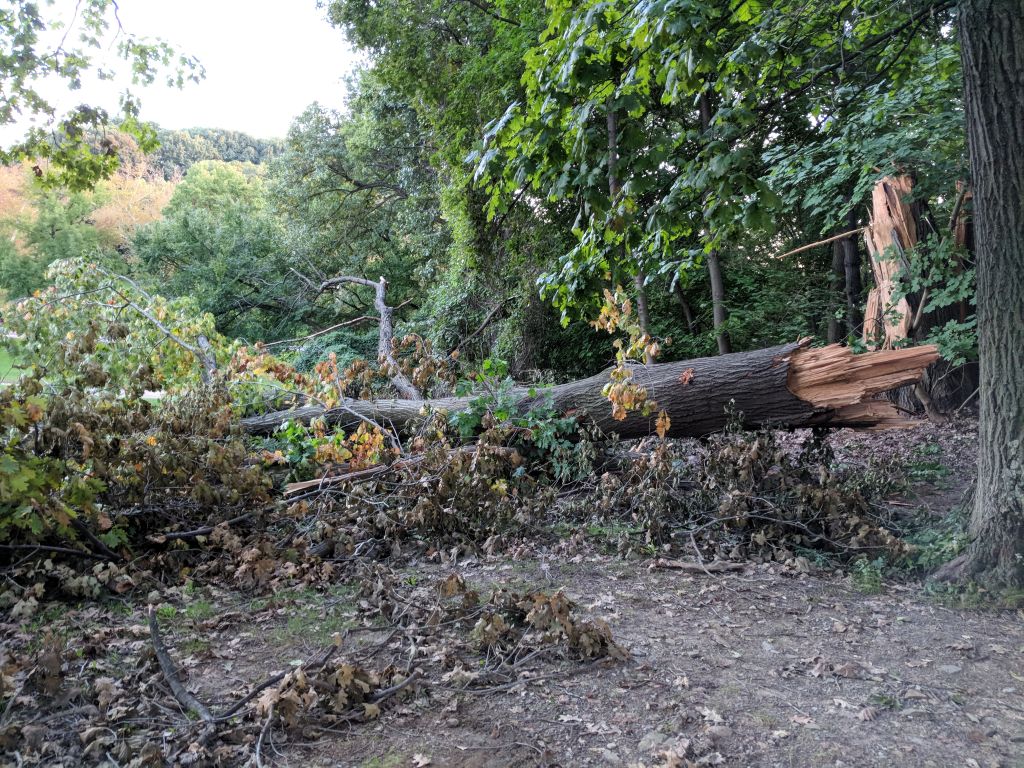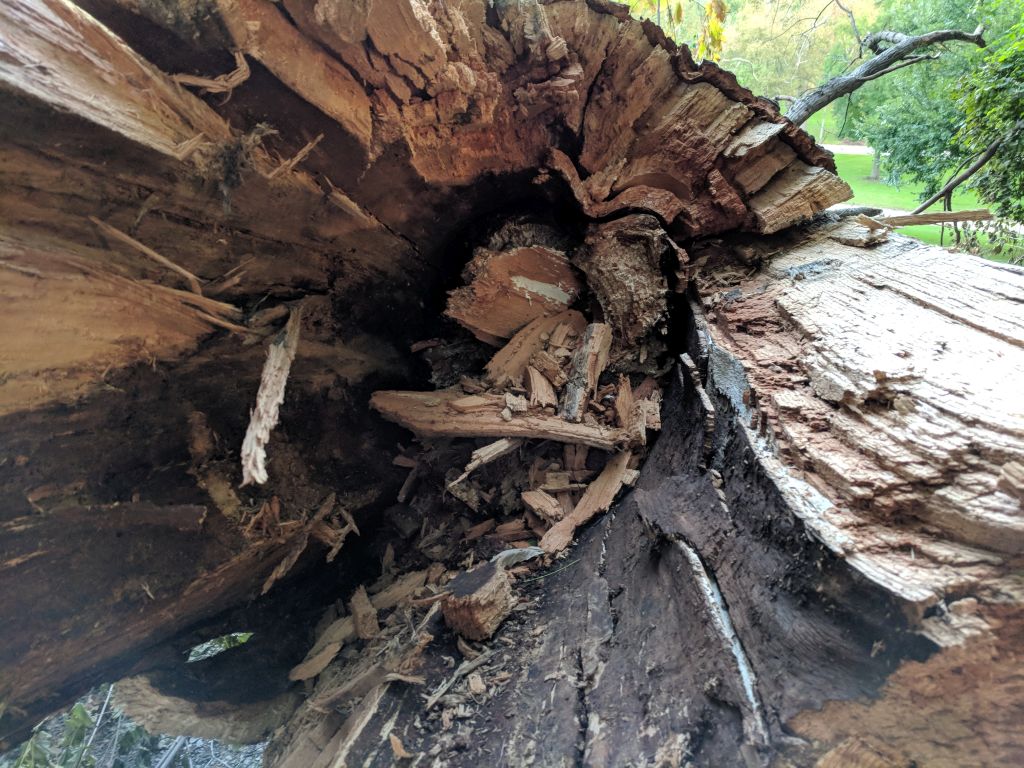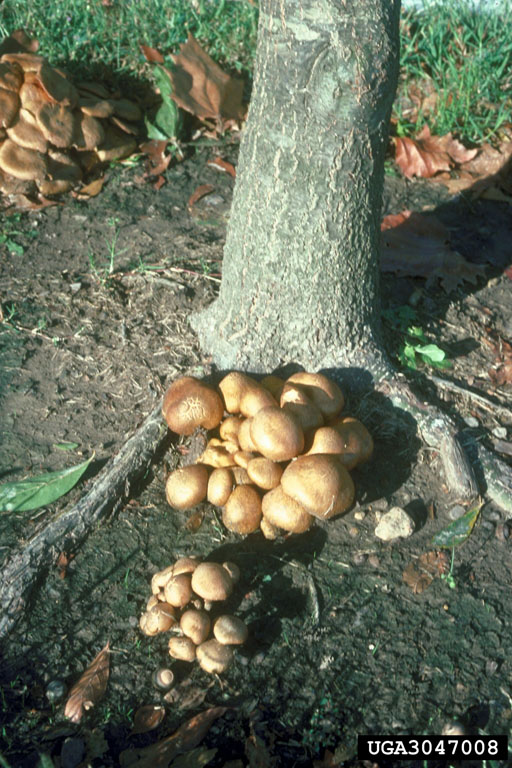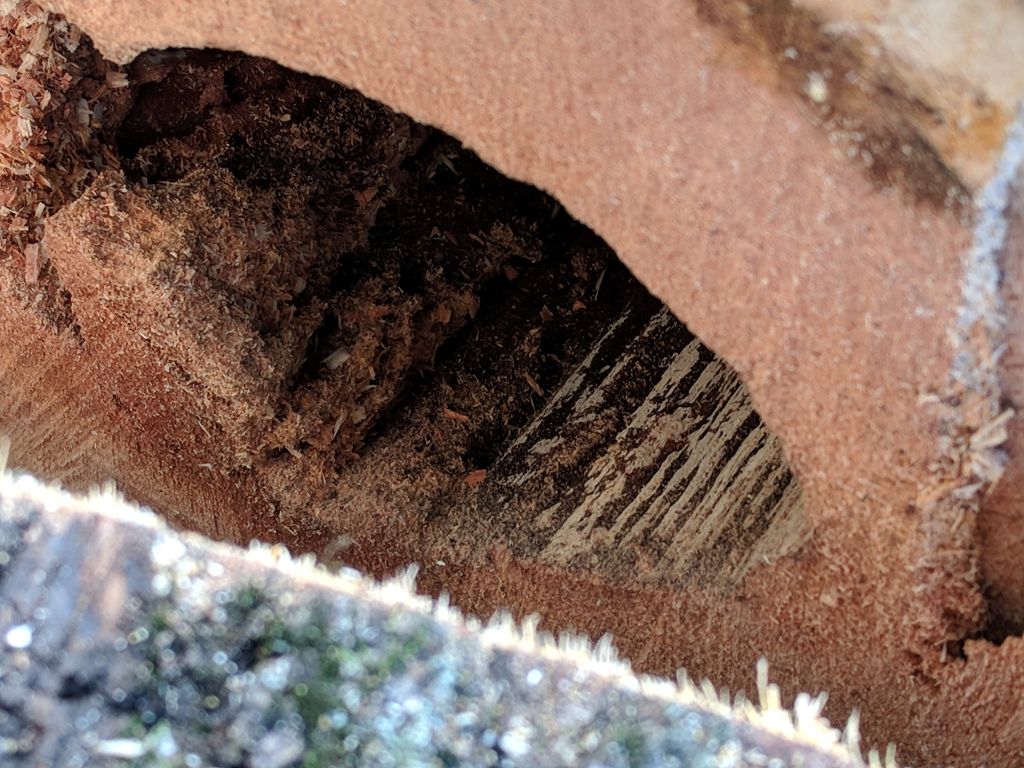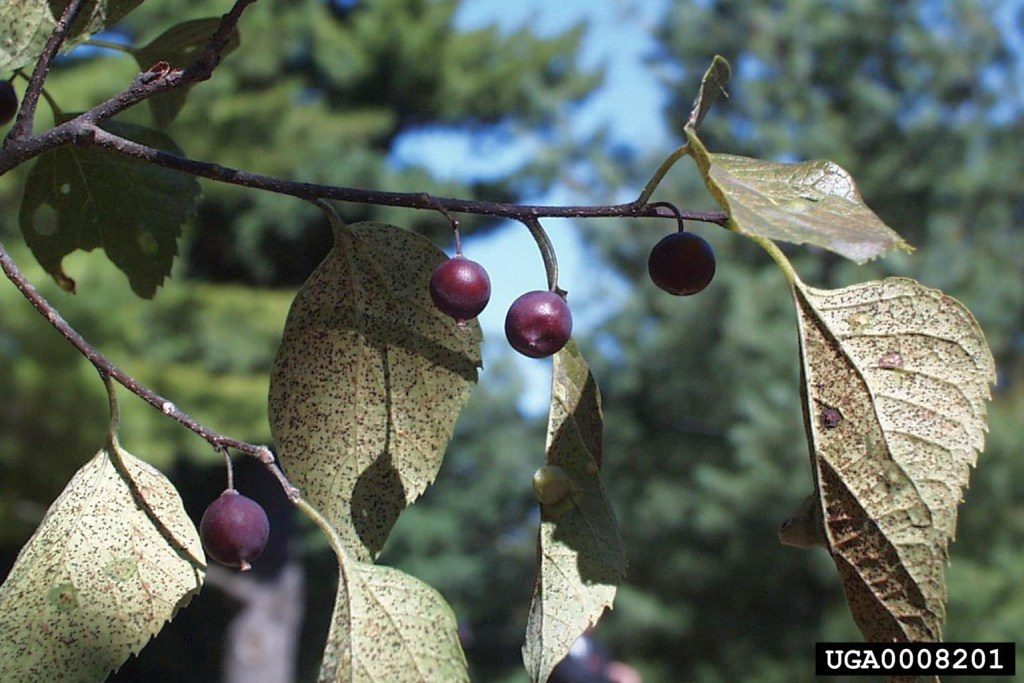
29 November 2018
This month I read Lab Girl by Hope Jahren and learned that she made an amazing discovery in 1998 during research for her doctoral dissertation. Inside common hackberry (Celtis occidentalis) fruit is a small hard pit with a lattice made of opal.

Hackberry fruits, pictured at top, are drupes similar to cherries and peaches with fleshy fruit surrounding a central pit. The fruit is thin and the pits are large so we rarely eat hackberries but birds love them.
The pits in cherries and peaches are made of wood (or something like it) but hackberry pits are made of stone: calcium carbonate inside a lattice framework. When Hope Jahren used Xray diffraction on the crushed lattice material its composition came up “opal.”
When I found this out I searched for the pits under hackberry trees in Schenley Park. At this time of year the fleshy purple fruit is gone, only the white pits remain. Here’s what I found, one whole, one opened. The exterior is a network of tiny raised lines.
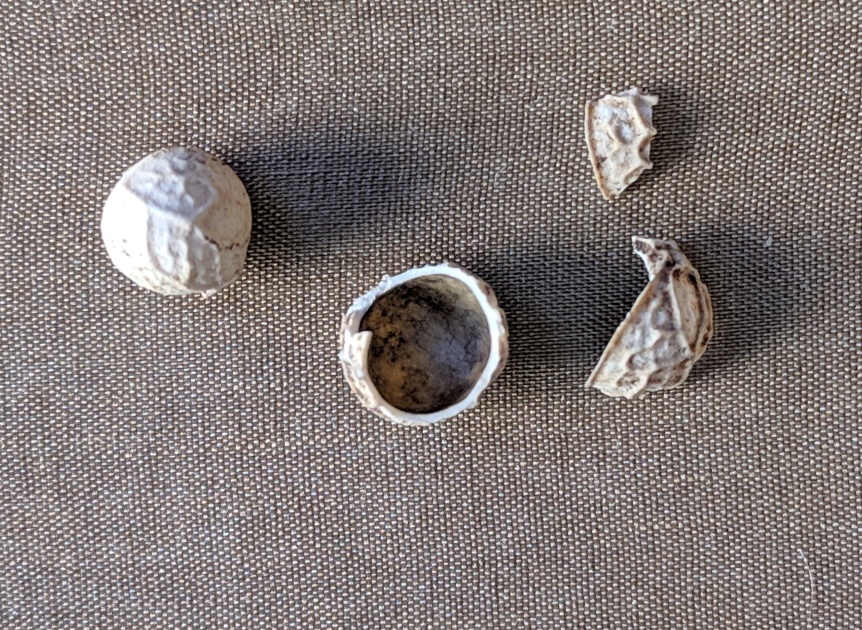
The pits don’t look like opal and probably never will. You’d have to use acid to remove the calcium carbonate (which is the white stuff of seashells) and then examine the remaining latticework under a microscope. There’s a tiny bit of opal in there.
And so I wonder: How does a tree put opal in its drupes? I don’t know, but here are the raw materials:
Opal [rock] is formed from a solution of silicon dioxide and water. As water runs down through the earth, it picks up silica from sandstone, and carries this silica-rich solution into cracks and voids, caused by natural faults or decomposing fossils. As the water evaporates, it leaves behind a silica deposit. This cycle repeats over very long periods of time, and eventually opal is formed.
From Opals Down Under
Trees take up water that contains dissolved minerals including the building blocks of opal.
Miraculously, the hackberry tree pulls out what it needs and makes an opal latticework inside its drupes.
Learn how to identify hackberry trees in winter at Winter Trees: Hackberry. Then search the leaf litter for tiny opals.
For further reading see : Hackberry: A Gem of a Weed
(credits: hackberry fruits by Paul Wray, Iowa State University, bugwood.org, hackberry pits photographed by Kate St. John)
